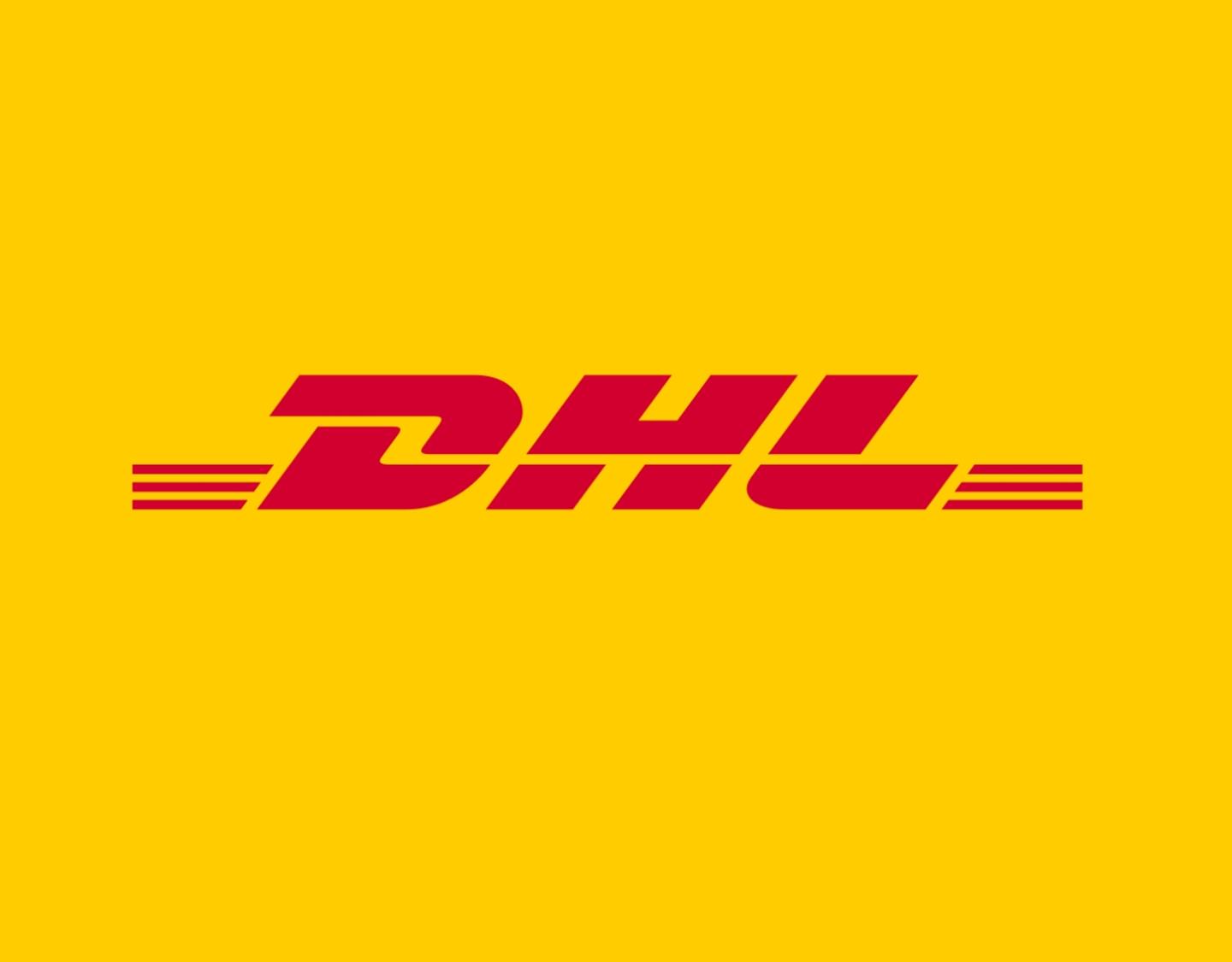How to Invest in Culture & Boost Your Bottom Line with DHL Express

She's back to share how strategic culture directly correlates to the bottom line, why the culture is so important to everyone at DHL Express (from the CEO to the new hires), and how they implement culture training.
If you’re not familiar with DHL Express, they are a leading provider of international delivery and logistics services. That’s what they do. However, internally, that’s not who they are.
The DNA of DHL is a culture of Respect & Results.
Respect & Results means that you can drive for results and be really profitable, but if you don't treat your people well then they're not going to stay, they're going to turn over, that's going to cost you money, and it's going to show up in less loyal customers (which will also negatively impact the business).
DHL Express introduced this culture and started training managers, leaders, and supervisors in 2010. In just seven years, they identified a return on investment directly tied to the emphasis on culture and training.
“Respect & Results really shows up in the bottom line. If we can treat our employees well and model really great behavior, all the time, then they will respond and behave that way, and they will behave that way with the customer.” –Laurie Colasanti
Culture has to be strategic, and it goes far beyond the HR department. Leadership, on every level, has to be involved in the training process and modeling behavior. Their basic strategy is Training → Role Modeling → Feedback → Iteration → Repeat.
DHL’s internal training is called Certified International Specialist (CIS). Everyone goes through induction training, and there are additional modules for specialized training and for people at different levels of the company (new hires, managers, supervisors, and executives).
- Managers, supervisors, and executives are trained to be role models.
- Employees at every level are trained in what to expect from their managers and supervisors, and they are trained in providing feedback.
DHL emphasizes modeling good behavior because it helps employees at every level understand the culture, starting from the top, and because it reinforces healthy behavior. If they can treat employees well and model great behavior, all the time, then employees will respond and behave that way, and they will behave that way with the customer.
“How do you know if you’re role modeling well, if you’re treating people well, if you don’t ask them?” –Laurie Colasanti
If Respect & Results are DHL’s DNA, feedback and iteration are the molecules that give the DNA structure. You can’t be a good role model in a vacuum – there needs to be two-way feedback.
Throughout the year, HR touches base with employees and solicits feedback so that they can continually improve the training and address areas that need improvement, and so that people in the company continue to live the culture.
- There is an employee opinion survey, every single year. They want to know that the employees honestly feel like they are treated well so that they can measure the success of manager, supervisor, and executive training modules.
- Throughout the year, every month, there is an action planning process involving two-way feedback. They never stop talking to people and asking them how they're doing. More importantly, they actually listen to and implement the feedback.
- At the same time, managers and leaders constantly hold each other accountable to assure that they continue modeling healthy behavior for employees, so that employees then continue modeling healthy behavior for customers.
In recognition of DHL’s accomplishments in people and talent, they were awarded the Top Employer global certification. There are only a handful of organizations, worldwide, who have received the global certification.
The certification has been an internal and external source of pride, attraction, and retention. From the external standpoint, it helps with branding and attracting people to the company. However, the internal result is just as important: employees, all the way up to the leadership team, are proud to have the designation. “The pride that they feel for being called a Top Employer is just amazing, and it makes us want to achieve it more and more every year,” Laurie says.
Three Things To Discuss With Your Team:
- Don’t try to do everything at once – focus on one or two impact programs. Test them, make sure the entire leadership team is on board, and train the leadership team to model the behaviors. Never let it be okay to stop, and also hold each other accountable.
- Be a weatherman, which means modeling the culture with a positive attitude. Bad moods are contagious. Every day, every mood you bring to the office affects your team and your employees (and, in turn, your customers).
- Training is critical. Instituting a positive culture requires continual investment, but it’s not a cost. It's a long-term commitment.
If you like what you hear, subscribe via iTunes by clicking here and Google Play by clicking here. While you’re there, leave a review – we always love to hear from you!
And remember… Develop. Always.
--
Resources:
- Learn more about DHL: Website | LinkedIn | Facebook | Twitter
- “Getting Your Employees Worked Up to Succeed” by Mike Parra, CEO of DHL (Americas)
Production & Development for Talent is Transforming by Podcast Masters
More than 1 600 Top Employers around the world.
Subscribe to our newsletter
Stay on top of the latest HR news & trends from the Top Employers Institute.




